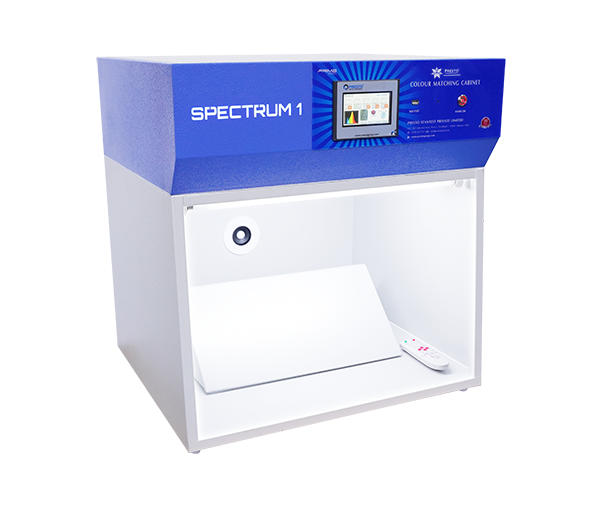Edge Crush Testing: Assessing Packaging Strength and Reliability
Edge crush testing is a critical procedure in the packaging industry aimed at evaluating the strength and durability of materials, particularly corrugated cardboard. This method provides valuable insights into how well packaging can withstand compressive forces, ensuring products remain protected throughout their journey from production to consumer.
Benefits of Edge Crush Testing
Edge crush testing offers several key benefits:
Enhanced Product Protection: By determining the maximum force a material can withstand before collapsing, edge crush testing helps manufacturers ensure packaging can adequately protect products during shipping and handling.
Quality Assurance: Testing materials against industry standards (e.g., ASTM D4726) ensures consistency and reliability in packaging performance, reducing the risk of product damage and customer dissatisfaction.
Cost Efficiency: Early detection of material weaknesses through testing helps minimize costs associated with product recalls, returns, and replacements due to inadequate packaging.
Optimized Design: Insights gained from testing allow for improvements in packaging design and material selection, leading to more effective and sustainable packaging solutions.
Steps in Edge Crush Testing
Performing edge crush testing involves the following systematic steps:
Preparation:
Setup of Equipment: Ensure the edge crush tester (ECT) is calibrated and in proper working condition.
Sample Selection: Choose a representative sample of corrugated material and prepare it according to testing standards, ensuring clean and uniform edges.
Setting Testing Parameters:
Input Parameters: Enter sample dimensions and testing parameters (e.g., test speed, testing mode) into the ECT’s software interface.
Positioning the Sample:
Sample Placement: Position the sample flat and centered on the lower platen of the ECT, aligning its longer edges parallel to the direction of pressure application.
Securing the Sample: Ensure the sample is securely fixed to prevent movement during testing.
Conducting the Test:
Initiating the Test: Start the test using the control panel or software interface of the ECT, allowing the machine to apply increasing pressure to the edges of the sample.
Monitoring: Monitor the test process to observe how the sample responds to pressure and ensure safety and accuracy.
Endpoint Recognition: The test concludes when the sample collapses or meets predefined criteria, such as reaching a specified deformation or failure point.
Recording and Analyzing Results:
Peak Load Measurement: Record the maximum force (peak load) applied to the sample at the moment of collapse or test endpoint.
Data Analysis: Analyze the recorded data to evaluate the compressive strength and performance of the material. Compare results against standards and assess if they meet quality requirements.
Documentation and Reporting:
Documentation: Maintain detailed records of testing parameters, sample details, observations, and results for future reference and quality assurance purposes.
Reporting: Prepare a comprehensive report summarizing test procedures, findings, and conclusions. Include recommendations for packaging improvements based on test results.
Conclusion
Edge crush testing plays a crucial role in ensuring packaging materials meet the rigorous demands of modern supply chains. By following a structured approach to testing and analysis, manufacturers can enhance product protection, improve packaging efficiency, and maintain high standards of quality and reliability. Incorporating edge crush testing into quality assurance processes helps mitigate risks associated with inadequate packaging, ultimately contributing to customer satisfaction and operational excellence in the packaging industry.
.png)

Comments
Post a Comment